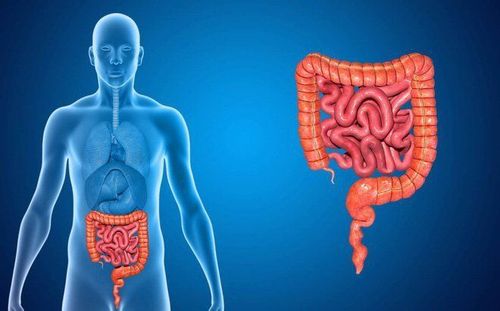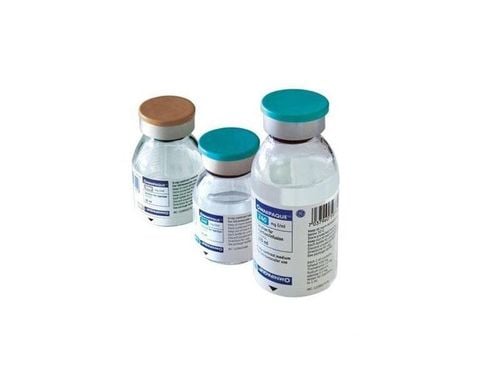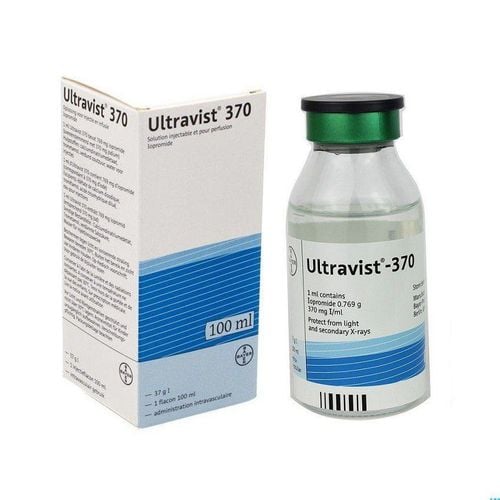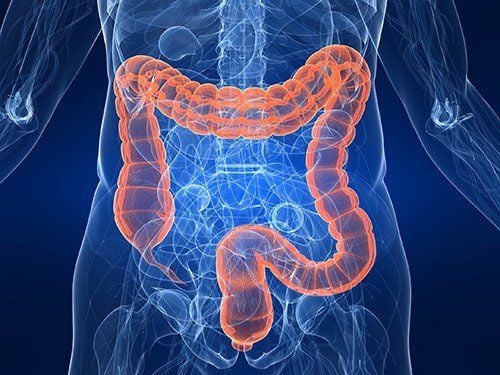This is an automatically translated article.
The article is professionally consulted by Master, Doctor Nguyen Quang Duc - Doctor of Nuclear Medicine - Department of Diagnostic Imaging and Nuclear Medicine - Vinmec Times City International General Hospital.1. What is Sarcoma? What is PET/PET-CT?
Sarcomas are a group of histologically heterogeneous malignancies with highly variable clinical features and outcomes. They are uncommon neoplasms of mesenchymal origin, accounting for only 0.7% of adult malignancies.These malignancies can appear in almost all of the above possible locations. Approximately 75% of soft tissue sarcomas are found in the extremities, 10% in the chest wall, and the remainder in other sites. This presents a huge challenge in the diagnosis and management of the disease.
This challenge has also created an opportunity to apply new diagnostic imaging techniques. Especially positron emission tomography (PET) is increasingly used in the diagnosis and treatment evaluation of patients with sarcoma.
Compared with other imaging methods that provide only anatomical images, positron emission tomography (PET) allows functional imaging to be assessed. The most widely used radioactive substance is F-18 fluoro - 2 - deoxy - D - glucose (FDG) which is an analogue of glucose. The uptake of FDG in cells is directly proportional to glucose metabolism, which is increased manyfold in malignant cells. FDG-PET is currently the standard of diagnosis in the early stages and monitoring of treatment response, management of different types of cancer such as lung cancer, breast cancer, lymphoma,...

One of the most commonly used quantitative tissue uptake measurements for PET radiographs is the standardized uptake variable (SUV). This is the uptake in an area of tissue such as a tumor, normalized for the amount of radiation injected, the patient's weight, and the radioactivity of the tissue.
2. Applications of PET in the evaluation of sarcomas
2.1. Diagnosis and classification of tumors FDG positron emission tomography/ tomography (FDG-PET/CT) is an imaging technique that evaluates metabolic activity at the cellular level and is increasingly being used. widely used in clinical practice. Based on the extent of glucose absorption and the location of the lesion, it helps to accurately assess and predict the malignancy of the tumor.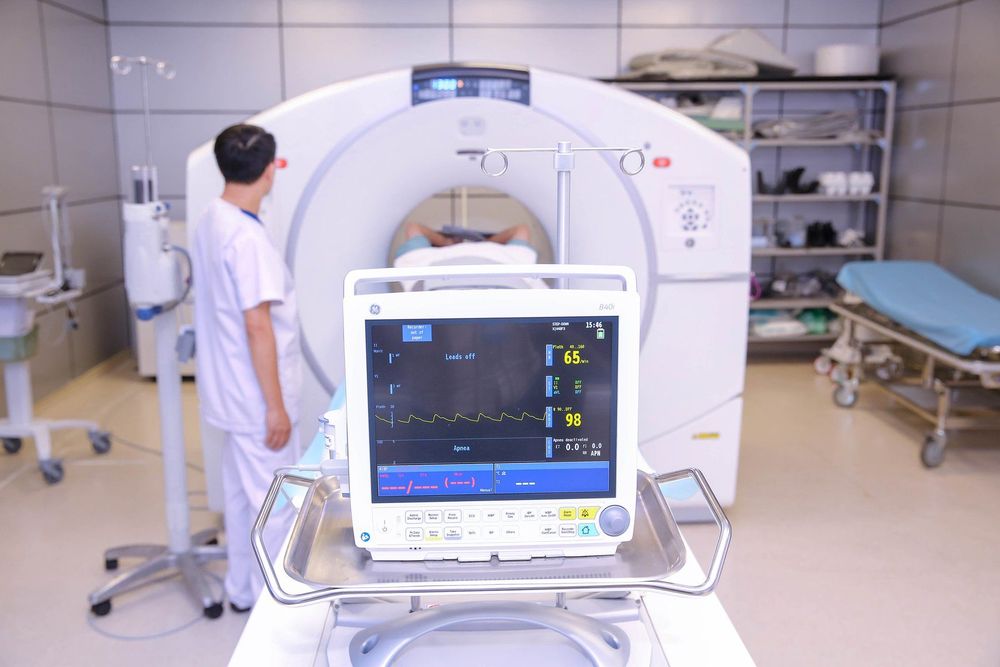
FDG-PET is used to identify malignancies in bone and soft tissue tumors. Tumor FDG uptake depends on different types of sarcoma. This important discriminant ability helps differentiate high-grade and low-grade malignancies. In addition, PET/CT also helps to pinpoint the exact location to be biopsied, especially for tumors with unclear boundaries and different metabolic levels between regions in the tumor.
2.2. Prognosis and Evaluation of Treatment Response Using PET/CT to predict and assess response to therapy is an important goal for patients with sarcoma. The FDG uptake of sarcoma as determined by PET/CT has been shown to correlate with the extent of mitosis, and the researchers evaluated the ability of this technique to predict patient outcomes. The FDG SUV index was an independent predictor of overall patient survival.
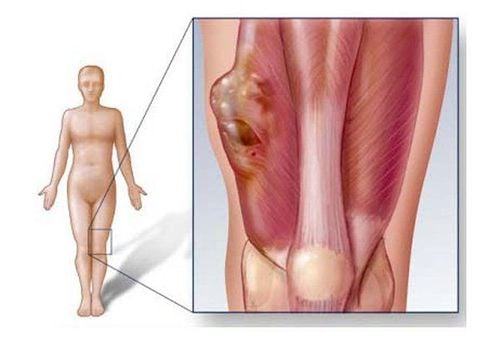
The use of PET/CT is used to determine whether the tumor responds to treatment or not, thereby considering whether to maintain or change the treatment regimen in the patient.
Currently, Vinmec International General Hospital has become a leading prestigious address in disease screening with modern techniques, proud to be the first private hospital in Vietnam to deploy this technique. Modern and accurate diagnosis with the most modern 128-sequence PET/CT system in Southeast Asia, for accurate images and short imaging time, the team of doctors are leading experts with high expertise and rich experience. Experience creates trust for customers when experiencing medical examination and treatment services at Vinmec.
German doctor has more than 12 years of experience in the field of Diagnostic Imaging. Recently, the Doctor has been assigned to specialize in the field of Nuclear Medicine. Currently, the doctor is studying for an intensive course in Nuclear Medicine at Stanford Hospital, USA.
Please dial HOTLINE for more information or register for an appointment HERE. Download MyVinmec app to make appointments faster and to manage your bookings easily.
References: webmd.com, ncbi.nlm.nih.gov, cancernetwork.com, sciencedirect.com




